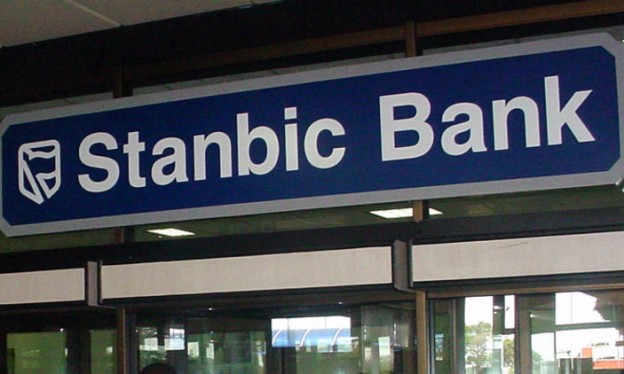STANBIC Bank Zimbabwe has exceeded $1 billion deposits in the financial year ended December 31, 2017.
The bank’s customers are, however, struggling to settle foreign payments as a result of foreign currency shortages.
Since last year, Zimbabwe’s banking institutions have been facing the depletion of nostro accounts used in funding foreign payments. The trend has created chronic settlement challenges for international payments resulting in most banks having backlogs for telegraphic transfers.
“As the country remained crippled by chronic foreign currency shortages, the bank’s customer deposit base increased from $701 million in 2016 to close the year at $1.2 billion as depositors failed to utilise their funds for settlement of foreign obligations,” chief executive officer, Mr Joshua Tapambgwa, said.
Stanbic Bank defied various economic challenges, which among others included unbearable cash and foreign currency shortages, to post an impressive set of results for the year headlined by a profit after tax of $27.6 million, up 30 percent from the prior year’s $21.2 million. Chairman, Gregory Sebborn, attributed the performance to the returns on the various interest earning instruments that the leading financial services institution invested in.
The board chair said income earned from the growing transaction volumes on the various innovative electronic channels that Stanbic Bank offers as well as good recoveries on previously downgraded facilities contributed significantly to the bank’s performance.
Mr Tapambgwa said a 17 percent growth recorded in the bank’s net interest income, which increased from $47.2 million in 2016 to $55.1 million, was bolstered mainly by additional short-term investments acquired during the year.
He, however, said the 2017 fee and commission income deteriorated from $33.5 million in the prior period to $32.6 million as the increased surrender requirements on platinum and chrome exports had a negative impact on the volumes of customer foreign payments, which the financial institution could not process as nostro reserves remained depleted.
“The charge for credit impairments for 2017 was $2.1 million having declined from $8.4 million in 2016 as the bank’s enhanced collection efforts on non-performing loans and reduced written off facilities continued to bear positive results,” said Mr Tapambgwa.

Leave a Reply Cancel reply
You must be logged in to post a comment.